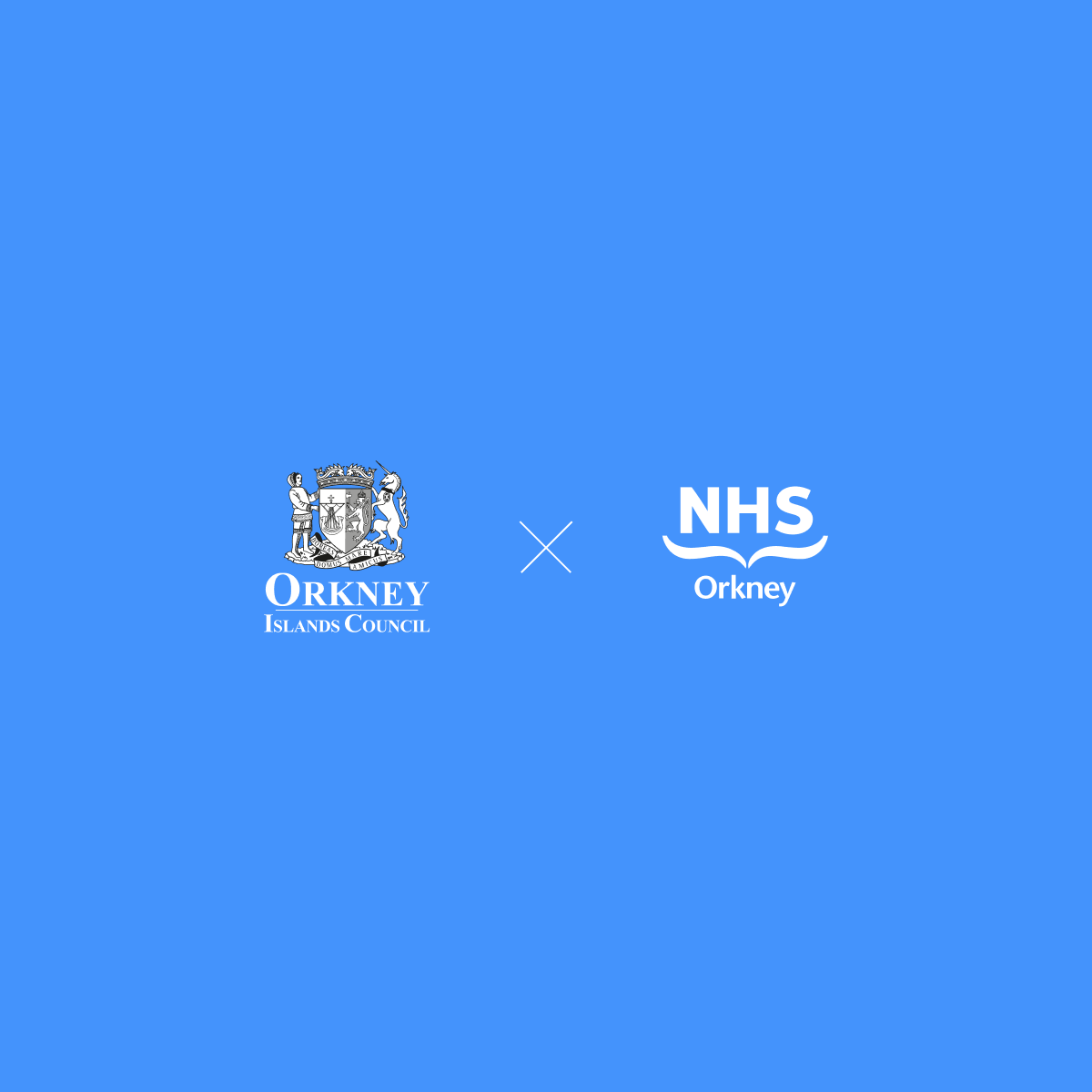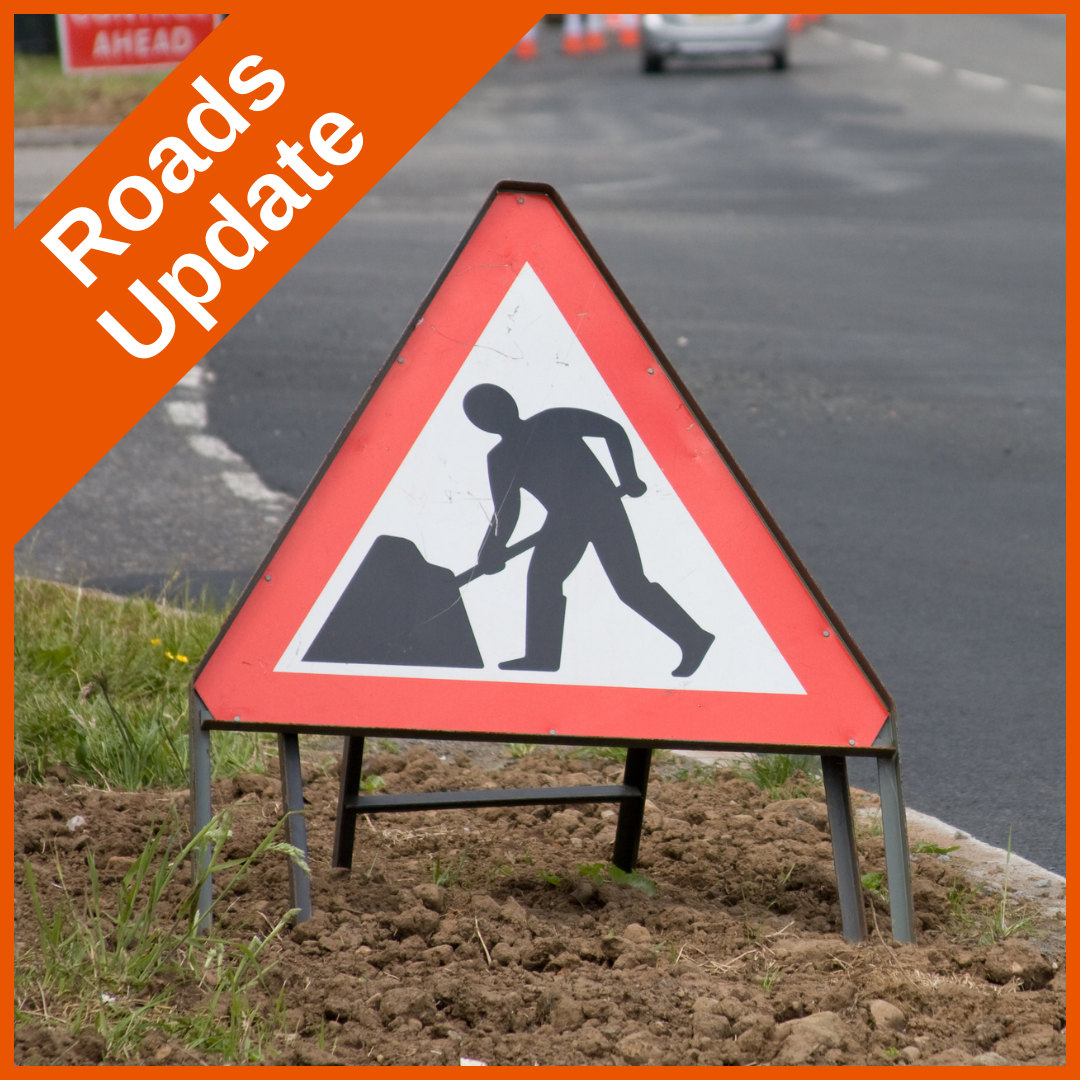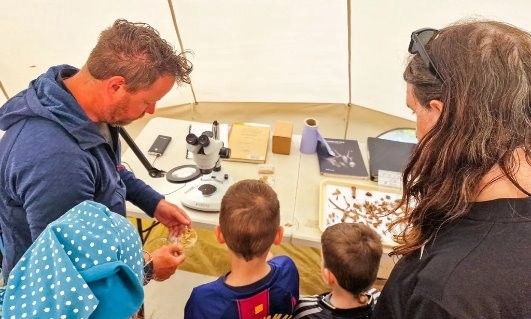Latest News
For press or media enquiries please contact the communications team by email.
-
Orkney Islands Council and NHS Orkney Submit Public Service Reform Proposals to Government
Orkney’s Elected Members, NHS Orkney Board Members and Integration Joint Board all give green light to exploring closer working between organisations
12 December 2025
-
Roads update for week starting 15/12/25
A summary of road delays and closures due to road and building/utility works and events for the week starting Monday 15/12/2025.
12 December 2025
-
UHI Orkney secures funding for new state of the art laboratory
Plans have been approved by Orkney Islands Council for the Archaeology Institute at UHI Orkney to establish a new environmental archaeology laboratory.
The Council’s Policy and Resources committee approved a plan for the redevelopment of existing UHI Orkney assets into a state-of-the-art facility known as the Archaeology and the Environment Science (AEonS) facility – one of only two in the UK.
12 December 2025
-
Occasional Licence - Iain Laird - St Andrew's Community Centre - Meal, Live Music and Bar - 10 January 2026
The Orkney Islands Area Licensing Board has received an application for occasional licences from Iain Laird - St Andrew's Community Centre, Tankerness.
12 December 2025
-
The Orkney Islands Council (Openreach South Ronaldsay Application 4) (Temporary Closure) Order 2025
Orkney Islands Council has made the above-named Order under section 14 of the Road Traffic Regulation Act 1984 to ensure the safety of the public and road users while Openreach carry out utility works.
11 December 2025
-
The Orkney Islands Council (Openreach South Ronaldsay Application 8) (Temporary Closure) Order 2025
Orkney Islands Council has made the above-named Order under section 14 of the Road Traffic Regulation Act 1984 to ensure the safety of the public and road users while Openreach carry out utility works.
11 December 2025
-
The Orkney Islands Council (Openreach South Ronaldsay Application 9) (Temporary Closure) Order 2025
Orkney Islands Council has made the above-named Order under section 14 of the Road Traffic Regulation Act 1984 to ensure the safety of the public and road users while Openreach carry out utility works.
11 December 2025
-
The Orkney Islands Council (Openreach South Ronaldsay Application 10) (Temporary Closure) Order 2025
Orkney Islands Council has made the above-named Order under section 14 of the Road Traffic Regulation Act 1984 to ensure the safety of the public and road users while Openreach carry out utility works.
11 December 2025
-
The Orkney Islands Council (Openreach South Ronaldsay Application 11) (Temporary Closure) Order 2025
Orkney Islands Council has made the above-named Order under section 14 of the Road Traffic Regulation Act 1984 to ensure the safety of the public and road users while Openreach carry out utility works.
11 December 2025
-
The Orkney Islands Council (Openreach South Ronaldsay Application 2) (Temporary Closure) Order 2025
Orkney Islands Council has made the above-named Order under section 14 of the Road Traffic Regulation Act 1984 to ensure the safety of the public and road users while Openreach carry out utility works.
11 December 2025








